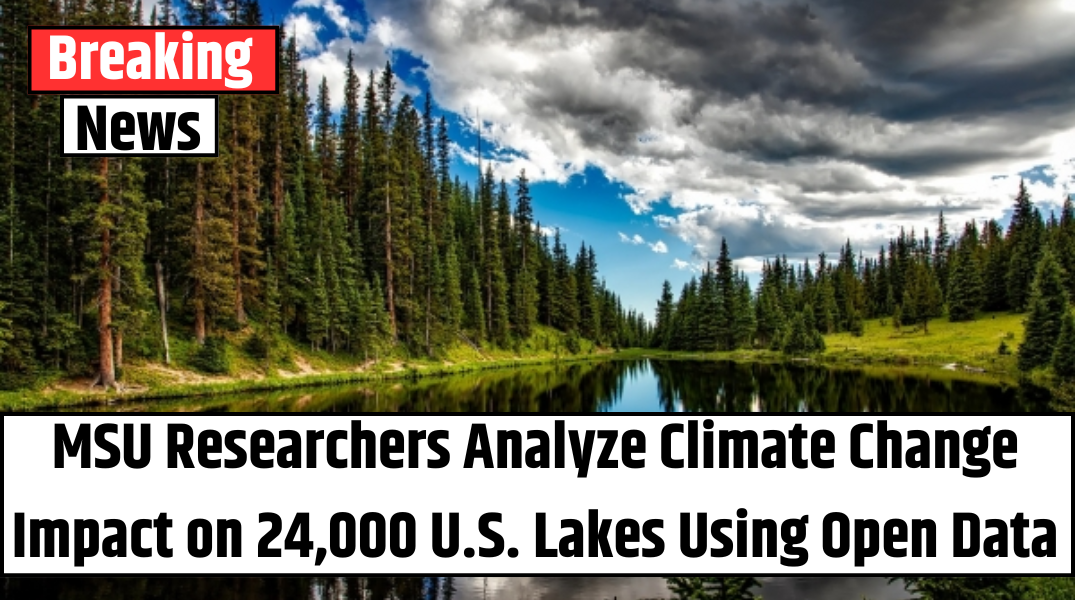As summers grow hotter, more lakefronts across the U.S. are shutting down due to toxic algal blooms. While climate change is often cited as the primary cause, a new study by Michigan State University (MSU) researchers reveals a deeper, more complex reality: it’s the interplay between rising temperatures and human-driven pollution that’s fueling these harmful outbreaks.
Uncovering the Bigger Picture
Published in Proceedings of the National Academy of Sciences, the research taps into a vast and previously underused set of data — combining 34 years of satellite imagery with geospatial lake characteristics to study chlorophyll levels (a stand-in for algal biomass) in over 24,000 freshwater lakes across the U.S.
The team, led by MSU professors Patricia Soranno and Patrick Hanly, uncovered patterns that suggest climate change alone doesn’t explain the rise in algae. In fact, the interaction between climate factors and human activities like agriculture runoff and urban development plays a pivotal role in determining which lakes experience blooms — and how severely.
A New Way of Seeing Lakes
Historically, limited lake sampling has made it hard to assess the long-term impact of climate on algae. But by pairing advanced machine learning with open government satellite data and MSU’s LAGOS-US geospatial platform, the researchers created a robust model that tracks changes in algal productivity across decades.
Their work marks one of the first large-scale efforts to directly link climate patterns to changes in lake ecosystems.
What They Found: Not All Lakes React the Same
While climate was a driver of algal changes in about one-third of the studied lakes, most of those changes were neither gradual nor permanent. Among those lakes:
-
Only 4% showed sustained increases in algae.
-
13% underwent ecosystem “regime shifts”, long-lasting changes in ecological structure.
-
A striking 71% experienced short-term, abrupt changes that would be missed by conventional monitoring.
These rapid shifts, though temporary, may have serious implications for lake health and water safety — and until now, have remained under the radar.
The Role of Human Activity
Perhaps one of the most surprising findings was that lakes under heavy human impact — from agriculture, nutrient loading, and urban development — were less likely to respond directly to climate. Instead, lakes with moderate or low human influence were more sensitive to climate-driven algal changes, indicating that human impact may suppress or obscure natural climate responses.
Looking Ahead: Smarter Lake Management
“This research challenges the idea that climate change impacts are always slow and steady,” said Soranno. “Instead, we’re seeing abrupt, often unpredictable changes — especially in ecosystems with fewer human pressures.”
Co-author Kendra Spence Cheruvelil emphasized that decades-long monitoring and a dual focus on both environmental and human stressors are critical to protecting lake ecosystems. “We can’t design effective solutions unless we understand both climate and local factors together,” she said.












